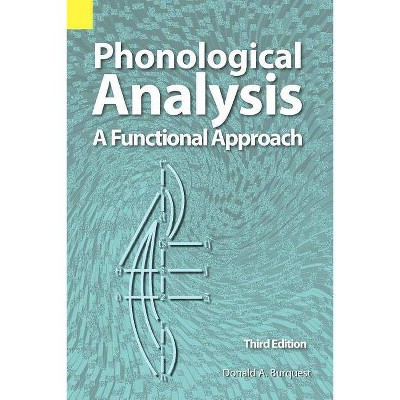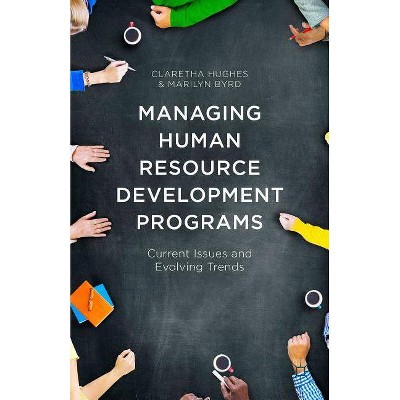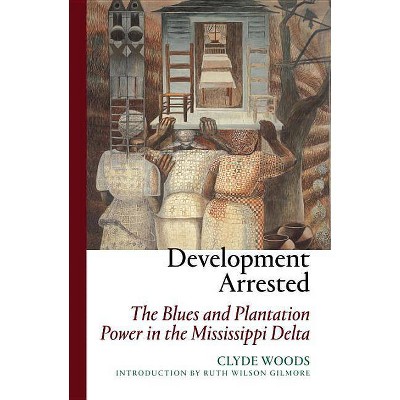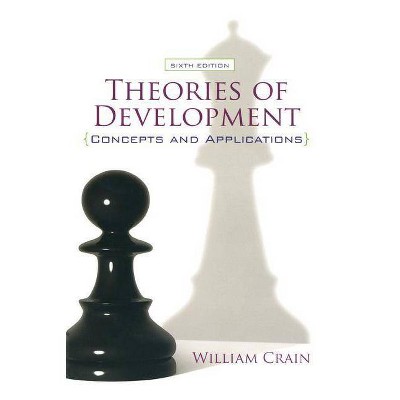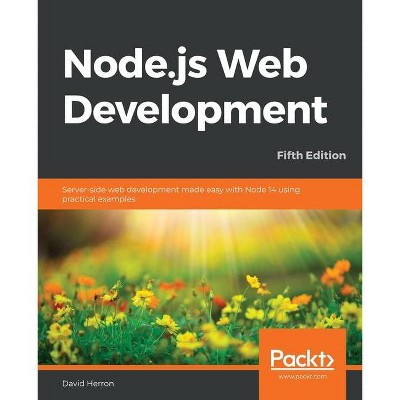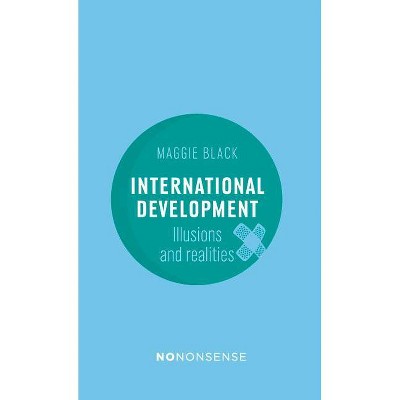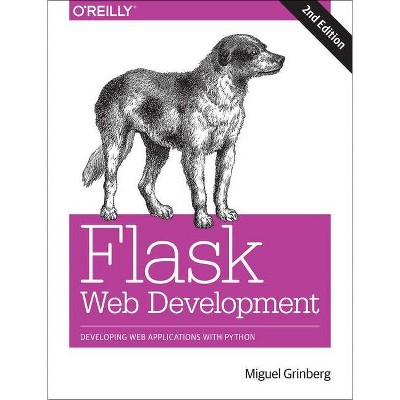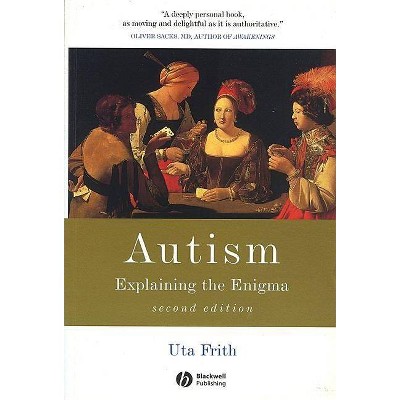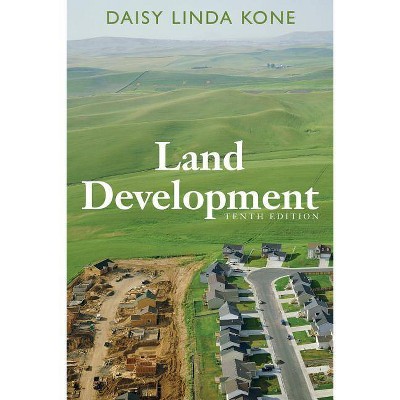Phonological Development - 2nd Edition by Marilyn May Vihman (Paperback)
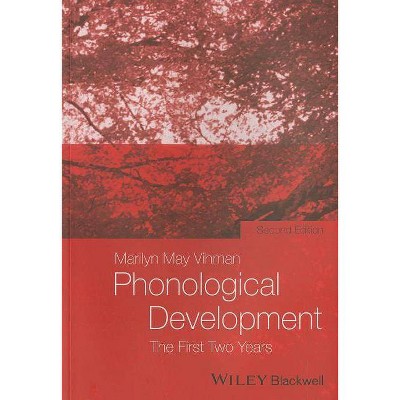
Similar Products
Products of same category from the store
AllProduct info
<p/><br></br><p><b> About the Book </b></p></br></br>"Surveys what has been learned about phonological development in early infancy and raises questions for further study"--<p/><br></br><p><b> Book Synopsis </b></p></br></br><p>Drawing on major research developments in the field, Vihman has updated and extensively revised the 1996 edition of her classic text to provide a thorough and stimulating overview of current studies of child production and perception and early word learning.</p> <ul> <li>Offers a full survey of the thinking on how babies develop phonological knowledge</li> <li>Provides a much needed update on the field - one in which this book remains unique, and in which there have also been dramatic developments since the publication of the first edition</li> <li>Surveys what has been learned about phonological development and raises questions for further study</li> <li>The only book that includes balanced treatment of research in perception and production and attempts a synthesis of these fields, which have generally developed in isolation from one another</li> <li>Includes a new chapter providing an overview of communicative and attentional development, as well as perceptual and vocal development, in the first 18 months, with additional focus on both implicit and explicit learning mechanisms</li> </ul><p/><br></br><p><b> From the Back Cover </b></p></br></br><p>The field of child phonology has seen major developments in research, with the emergence of exciting new methods in the 18 years since the publication of Vihman's classic first edition. Drawing on this progress, Vihman has updated and completely revised her successful text to focus on the very latest research in phonological development in the first two years of life - the period of the most rapid learning and the most dramatic developmental advances.</p> <p>Retaining its unique approach and coverage, the new edition expands the chapters on perception, vocal production and the transition into language use, including sections on the perception and production of native-language speech rhythms. A new chapter provides an overview of communicative and attentional as well as perceptual and vocal development in the first 18 months, with an additional focus on both implicit and explicit learning mechanisms. There are also entirely new chapters on segmentation and distributional learning, experiments in word learning, and bilingual phonological development. In addition, <i>Phonological Development</i> reviews theoretical models of perception as well as formalist and functionalist theoretical approaches to phonological development and concludes by considering the link between perception and production and the role of lexical knowledge and use in further learning. Vihman's much needed and timely update will provide an invaluable source book for students and researchers alike.</p><p/><br></br><p><b> About the Author </b></p></br></br><p><b>Marilyn Vihman</b> is Professor of Language and Linguistic Science at the University of York. She is co-editor of <i>The Emergence of Phonology: Whole-word approaches and cross-linguistic evidence</i> (with T. Keren-Portnoy, 2013), which includes both classic and new empirical studies of phonological development in eight languages.</p>
Price History
Price Archive shows prices from various stores, lets you see history and find the cheapest. There is no actual sale on the website. For all support, inquiry and suggestion messagescommunication@pricearchive.us
